A few months ago, I proposed to the editors at The Japan Times that we do a piece paying tribute to the classic cyberpunk anime film “Akira,” which turns 30 years old on July 16. They were enthusiastic and the pitch ballooned (not unlike Tetsuo in the film’s final scene) from a single article to an “Akira”-themed weekend to an entire Akira Week (or rather, #AkiraWeek).
Actually, lots of great anime was released in 1988 — Studio Ghibli’s “My Neighbor Totoro” and “Grave of the Fireflies” are just two — but “Akira” turning 30 feels particularly significant. Its setting, after all, is a 2019 Tokyo gearing up for the 2020 Olympics — and its themes of disaffected citizens rallying against a corrupt government while the threat of nuclear destruction looms doesn’t exactly feel unfamiliar, either.
I have been enthralled by “Akira” for a solid two decades since catching it on VHS as a pre-teen (I somehow snuck the “not for children” packaging past my parents while renting it at the local Blockbuster Video). Actually, I think my response to the film was a pretty typical one for a young man of that age: The gore, explosions and motorcycles were cool, but the story was pretty tough to follow — and when was that Akira guy the movie was named for going to show up, anyway?
Like a lot of great films, though, “Akira” got stuck somewhere in the back of my head, and I eventually ended up seeking out the original Japanese version — then the DVD, then the Blu-ray, then, once I moved to Japan, the 35 mm screenings you can catch from time to time around Tokyo. The film is so detailed that one of the great pleasures in rewatching it is catching details you hadn’t noticed before.
My most recent rewatch was greatly enhanced by the insights and memories of all the folks I spoke to while assembling this project: animators, collectors, critics, sound engineers, musicians and more. Thanks to “Akira,” people have visited Japan (or even moved here!), gone into animation or other creative fields, devoted their careers to anime and manga as critics or editors, and so on. This entire process has been a nice reminder of the impact art can have on people’s lives.
I am very thankful to everyone who was willing to speak about “Akira,” and simultaneously painfully aware of all the dozens — or hundreds — more people I could’ve talked to. I’m also aware of the limitations of working in English and Japanese, and the Japan/Western focus to which that inevitably leads. I would love to know, for example, more about the impact of “Akira” in China, South Korea and Asia in general. South America? Africa? A project for the 35th anniversary, perhaps.
There is far more anime available to the English-speaking world than there was 30 years ago, and “Akira” is no longer the rite of passage for anime watchers it once was. However, I hope the #AkiraWeek project has provided some new insights even for the film’s most ardent devotees and, more importantly, that it inspires a few younger anime fans to give it a watch.
Read more #AkiraWeek articles
-
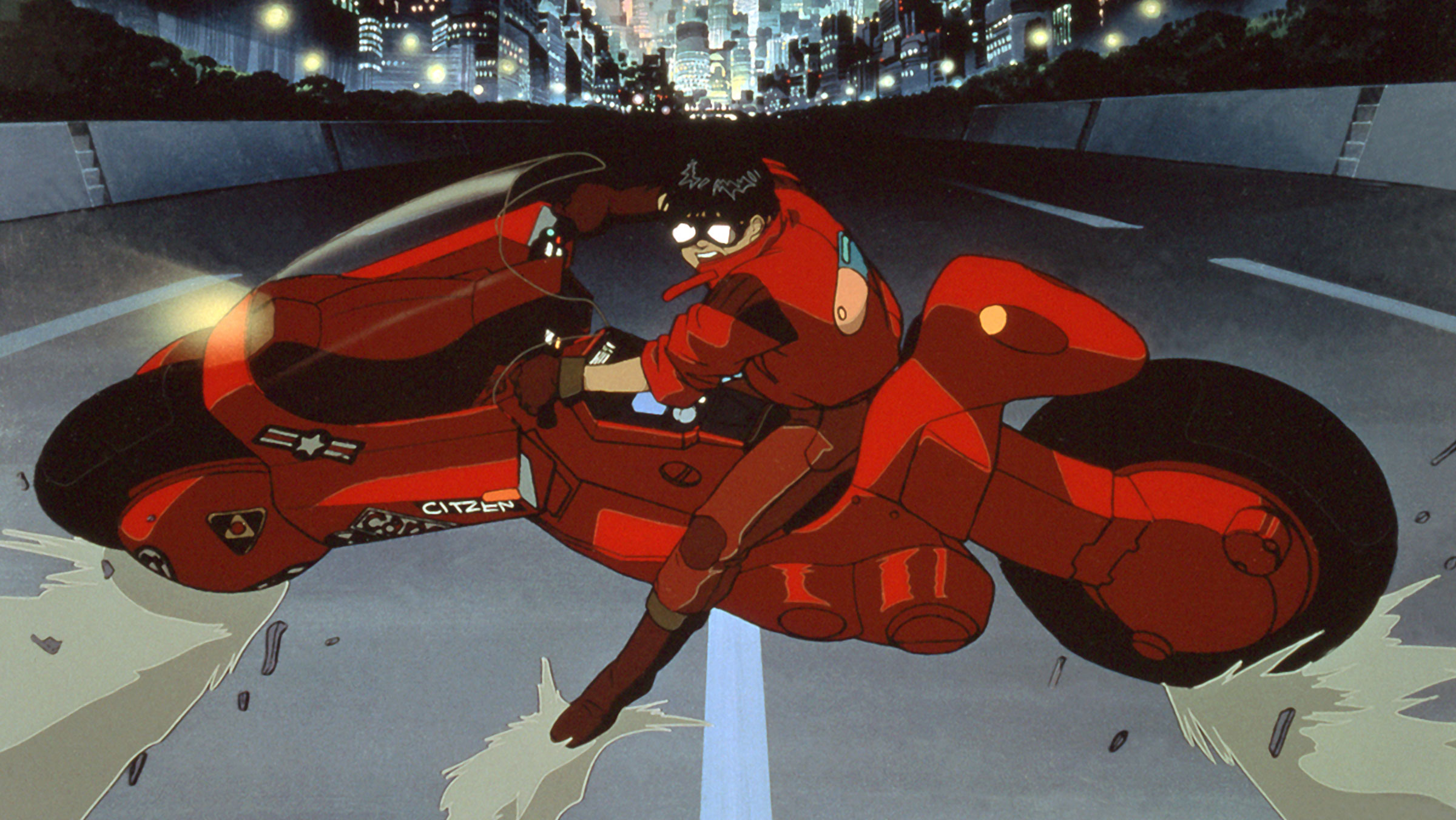 Akira: Looking back at the future‘Akira’: Looking back at the futureOn the 30th anniversary of the release of ‘Akira’ in Japan, we examine the enduring...
Akira: Looking back at the future‘Akira’: Looking back at the futureOn the 30th anniversary of the release of ‘Akira’ in Japan, we examine the enduring... -
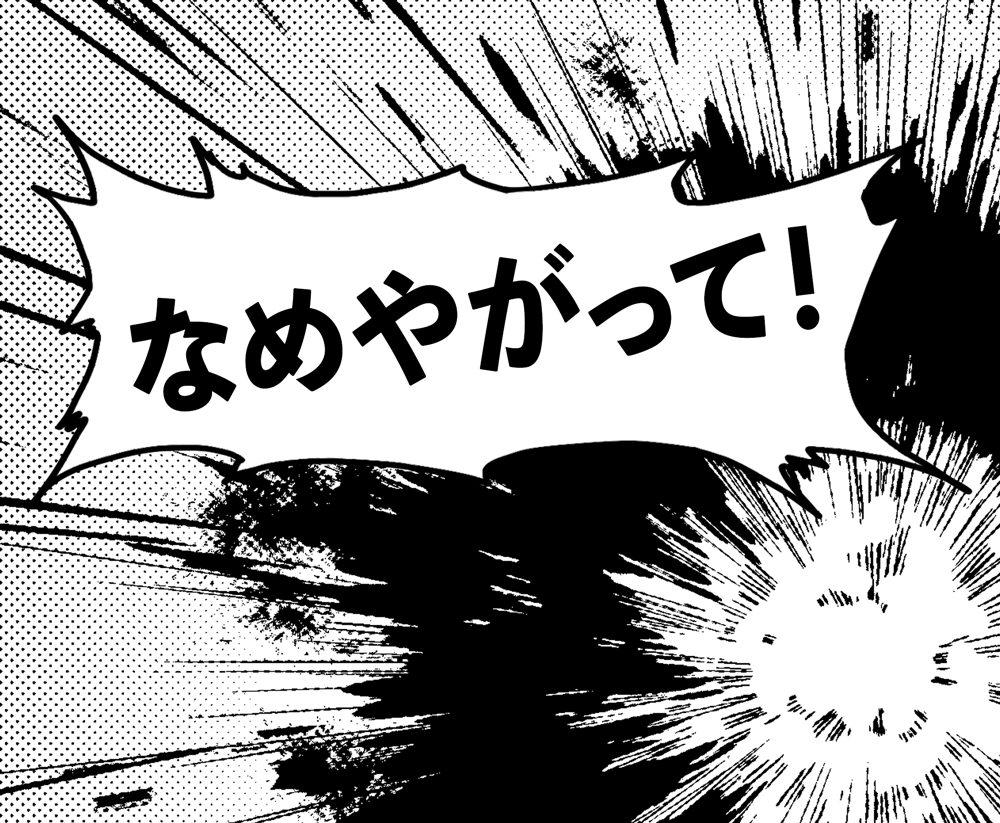 Speak Japanese like an ‘Akira’ biker punkSpeak Japanese like an ‘Akira’ biker punkWant to give your nihongo a bit of biker edge? Let Neo-Tokyo be your...
Speak Japanese like an ‘Akira’ biker punkSpeak Japanese like an ‘Akira’ biker punkWant to give your nihongo a bit of biker edge? Let Neo-Tokyo be your... -
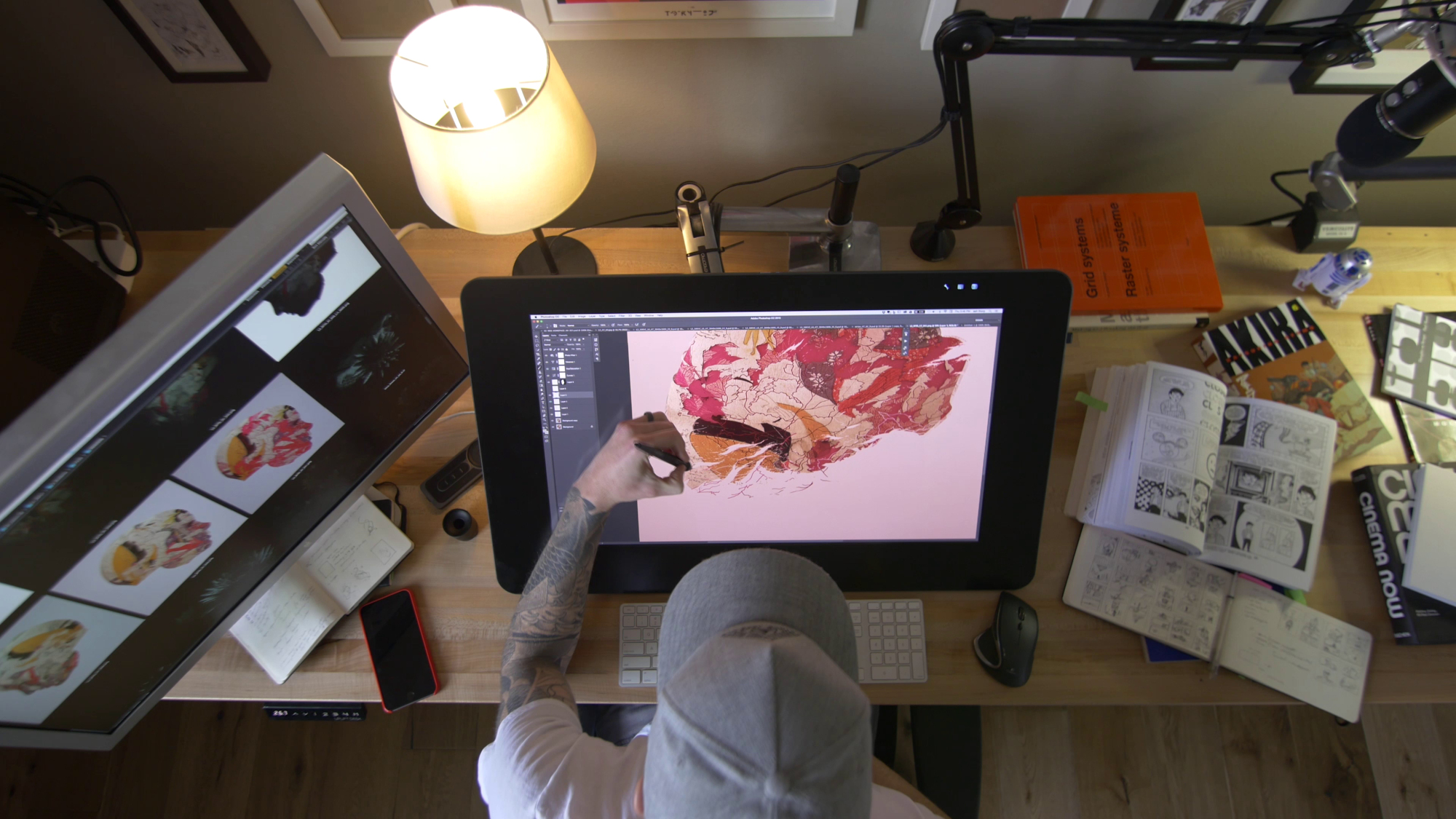 'Akira' inspires generations of foreign animators‘Akira’ inspires generations of foreign animators‘Why did you come to Japan?’ For many people, the answer is Katsuhiro Otomo‘s visionary...
'Akira' inspires generations of foreign animators‘Akira’ inspires generations of foreign animators‘Why did you come to Japan?’ For many people, the answer is Katsuhiro Otomo‘s visionary... -
 'Akira' soundtrack featured music worthy of a visual masterpiece‘Akira’ soundtrack featured music worthy of a visual masterpieceGeinoh Yamashirogumi's epic soundscape still resonating with musicians and listeners decades later
'Akira' soundtrack featured music worthy of a visual masterpiece‘Akira’ soundtrack featured music worthy of a visual masterpieceGeinoh Yamashirogumi's epic soundscape still resonating with musicians and listeners decades later -
 Do you remember the first time you watched 'Akira'?Views from the street: TokyoDo you remember the first time you watched ‘Akira’?
Do you remember the first time you watched 'Akira'?Views from the street: TokyoDo you remember the first time you watched ‘Akira’? -
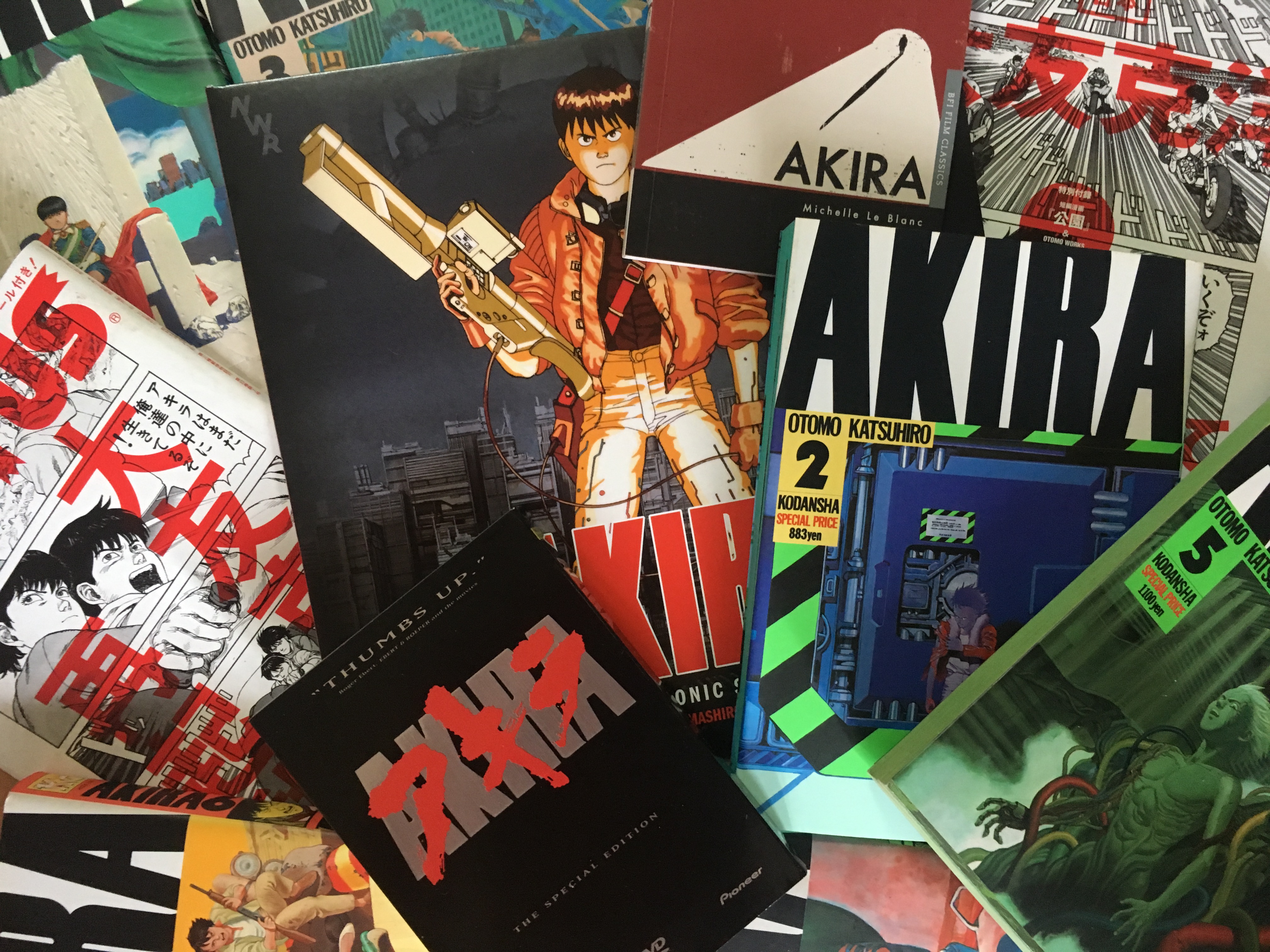 The enduring appeal of 'Akira,' the mangaThe enduring appeal of ‘Akira,’ the mangaThroughout multiple English-language incarnations of the cyberpunk classic, demand has never wavered
The enduring appeal of 'Akira,' the mangaThe enduring appeal of ‘Akira,’ the mangaThroughout multiple English-language incarnations of the cyberpunk classic, demand has never wavered -
 The pain and the passion that fueled the creation of 'Akira'The pain and passion that fueled ‘Akira’For many of the animators who toiled to bring Neo-Tokyo to life, it was a...
The pain and the passion that fueled the creation of 'Akira'The pain and passion that fueled ‘Akira’For many of the animators who toiled to bring Neo-Tokyo to life, it was a... -
 Collecting ‘Akira,’ one scene at a timeCollecting ‘Akira,’ one scene at a timeHow Joe Peacock became the owner of the world’s largest collection of ‘Akira’ cels.
Collecting ‘Akira,’ one scene at a timeCollecting ‘Akira,’ one scene at a timeHow Joe Peacock became the owner of the world’s largest collection of ‘Akira’ cels. -
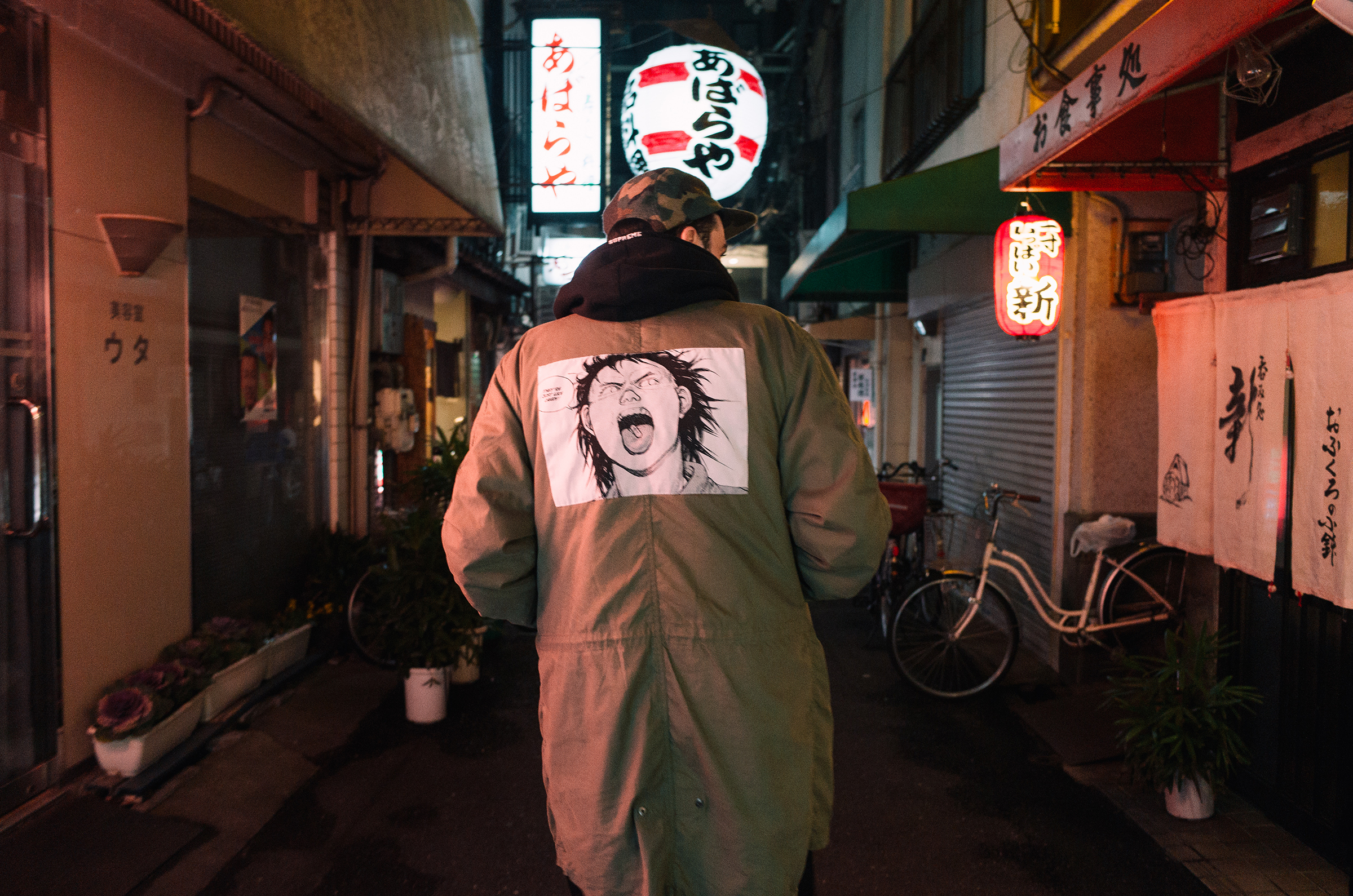 My deep dive into 'Akira' only scratched the surface of its legacyMy deep dive into ‘Akira’ only scratched the surface of its legacyA few months ago, I proposed to the editors at The Japan Times that we...
My deep dive into 'Akira' only scratched the surface of its legacyMy deep dive into ‘Akira’ only scratched the surface of its legacyA few months ago, I proposed to the editors at The Japan Times that we...


